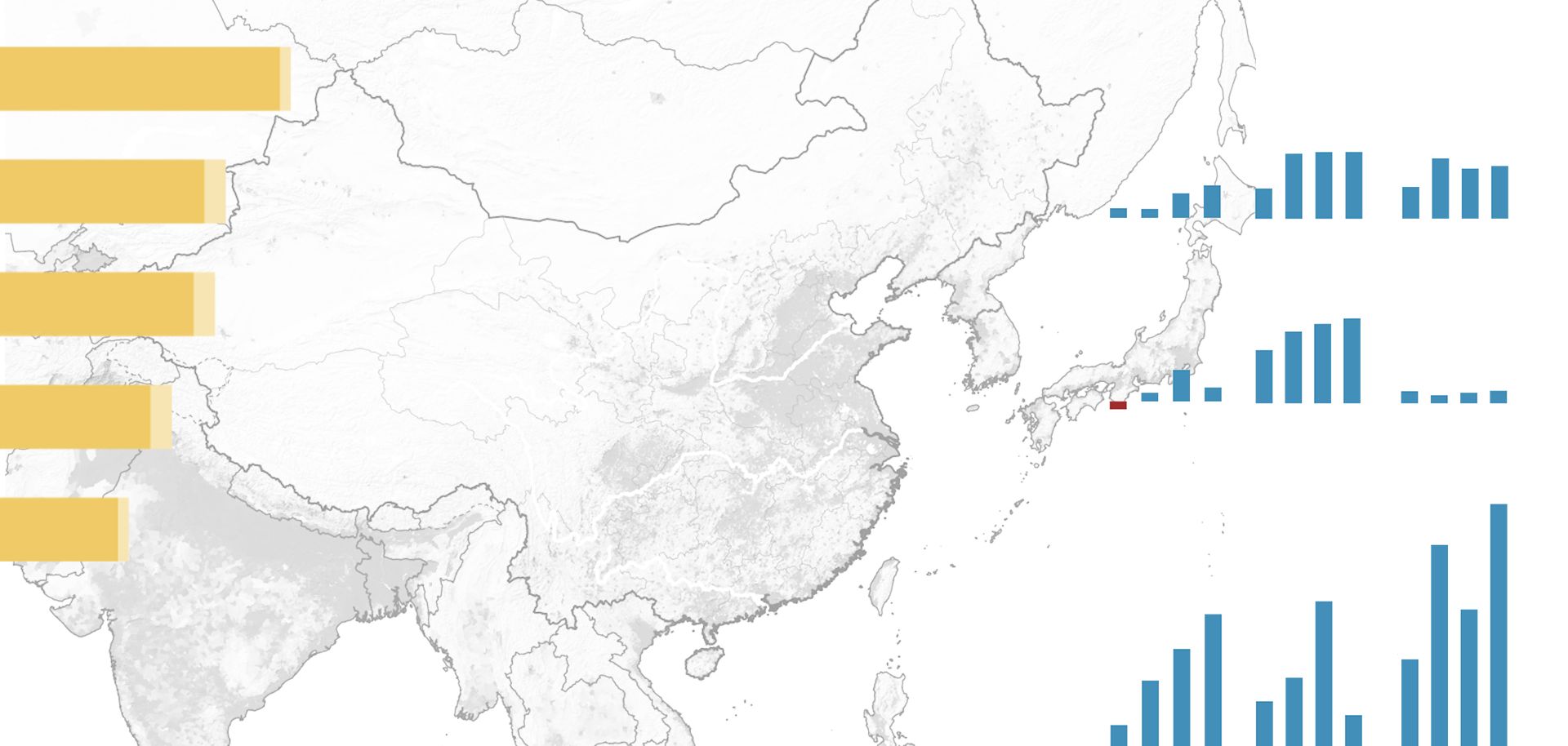
Click here to view interactive slideshow
The rapidly changing Mexican drug cartel landscape has prompted us to increase the frequency of the updates we produce to our annual cartel report. Last year, we updated our December 2009 report in May 2010, but this year, we found that we needed to produce the update in April in order to keep up with the changing cartel dynamics. These shifts in cartel dynamics are not just an organizational phenomenon, but also a geographic one. As new cartel groups come on the scene and established groups strengthen, splinter or dissolve, control over swathes of territory also changes. These changes are represented in a vivid visual manner when one compares our maps from the past two and a half years. It allows one to visualize the emergence of groups such as La Familia Michoacana, the fading influence of groups such as the Arellano Felix Organization (aka the Tijuana cartel) and the Vicente Carrillo Fuentes cartel (aka the Juarez cartel), and the rapid expansion of the power of the Sinaloa Federation.
The rapidly changing Mexican drug cartel landscape has prompted us to increase the frequency of the updates we produce to our annual cartel report. Last year, we updated our December 2009 report in May 2010, but this year, we found that we needed to produce the update in April in order to keep up with the changing cartel dynamics. These shifts in cartel dynamics are not just an organizational phenomenon, but also a geographic one. As new cartel groups come on the scene and established groups strengthen, splinter or dissolve, control over swathes of territory also changes. These changes are represented in a vivid visual manner when one compares our maps from the past two and a half years. It allows one to visualize the emergence of groups such as La Familia Michoacana, the fading influence of groups such as the Arellano Felix Organization (aka the Tijuana cartel) and the Vicente Carrillo Fuentes cartel (aka the Juarez cartel), and the rapid expansion of the power of the Sinaloa Federation.


